Where to Visit in Japan? One Island, One Hiking Trail and One City.
Letters from Japan, February 2024: Where to visit in Japan? Only if I knew.
Good afternoon,
I am finishing the February edition of Letters from Japan at Narita Airport, waiting for a late evening flight that will take me (and my colleagues) to a place I have never been to. Honestly, our destination is a place that I was not even aware of until a few years ago: the Northern Mariana Islands (NMI), located in the Pacific Ocean, somewhere between Japan and Papua New Guinea.
Even though the trip inevitably involves mainly indoor activities, such as meetings, I am still looking forward to the warmth of tropical island weather. It is freezing in Tokyo. Earlier this week, we had the first and most probably the last snow of the year. Our office allowed us to leave early to get back home while the trains were still running, but I used the opportunity for a long dinner with a Turkish friend who had a layover in Tokyo on her way back to the USA from Vietnam and then had to walk part of the route back home due to, yes, suspension of the train services.
It was, of course, worth it. When you live this far away from home, it is always wonderful to meet up with an old friend, chat and laugh in your native language, and talk about our love/heartbreak relationship with our own country and, always but always, complain about how difficult it is to travel anywhere from our respective cities compared to the centrally located Istanbul.
But what I love even more about these, unfortunately, brief reunions is listening to my friends` takes on Japan as non-residents and getting a chance to re-live those often alluring (though not always) first encounters with the country. While, with my physical appearance and embarrassingly unimpressive Japanese skills, I am still very much a foreigner in and to Japan, I long ago lost the privilege of looking at the country with the naive and hungry eyes of a first-time visitor. So, listening to the visitors' perspectives always feels refreshing and highly informative.
These insights also come in handy when someone asks me which places they should visit in Japan - a question that I do a terrible job answering when left to my own devices. There are many options, and I do not know where to start. The situation is further complicated by my, as a lawyer, extreme love of caveats. After a painfully long intro full of "if you like [nature] or [city]," "on the condition that you will not be discouraged by [weather], "to the extent that [lack of eateries] does not turn you off (not kidding, this is rural Japan for you)]," maybe you get one or two destination ideas, but one thing is guaranteed: you will not have a single ground to sue me if the places I suggested do not make you happy.
But today, for this letter, I forgo all the caveats. I will not try to put myself in the shoes of a first-time traveler. I will not annoyingly repeat that it is my very subjective opinion impacted by bla bla and then another bla. I will very straightforwardly name one caveat-free favorite Japanese destination of mine under three categories: an island destination, a hiking trail, and a city.
I am unsure if any of the below will find their way into your Japan itinerary (though I suspect one is already included), but here we go.
Island
In an island country with more than ten thousand islands, there are many amazing contenders in this category. But my vote, as the best Japanese island, goes to the Goto Islands.
Goto is a chain of five islands, namely Fukue, Hisaka, Naru, Wakamatsu, and Nakadori, all part of Nagasaki Prefecture in Kyushu Island.
What I love about the Goto Islands is the opportunity to experience traditional rural fishing village life while having access to beaches on par with those in Okinawa and historical sites linked to a critical phase in Japan`s history not very well known to the outside world. When you visit an island off mainland Japan, you get to experience one or two of these facets (traditional rural life, nature/beach, and historical sites), but rarely all three.
In terms of historical background, the Goto Islands, due to their remoteness, had once been the secret home of the Hidden Christians of Japan (Kakure Kirishitan) when Christianity was banned in the country for more than two centuries during the Edo Period.
The tragic story of the Hidden Christians of Japan was depicted in Martin Scorsese`s 2017 feature film - Silence, based on the novel by Shusaku Endo. The book tells the story of two Portuguese Jesuit priests who traveled to Goto and nearby islands in search of their mentor and discovered the secret Christian communities, who had first been introduced to Christianity when the first Portuguese ships arrived on the shores of Kyushu in the 16th Century. The religion quickly gained followers in Kyushu, where the Portuguese priests opened Catholic seminaries and churches—this relatively short period lasted until 1612, when the nationwide ban on Christianity was imposed by the ruling daimyo of the time, not to be lifted until more than two centuries later in 1873. The lengthy period of religious persecution and lack of access to priests and churches led the Christian communities to develop their own religious practices, often borrowing from Shinto and Buddhism. Their religion, practiced in secrecy, took such a unique form that once the ban on Christianity was lifted, some of the Hidden Christians refused to join the Catholic Church.1
Today, there are many churches, museums, and abandoned villages spread around the islands, all open to visitors (but some require advance reservation) that shed light on this tragic period in Japan`s history. Some of these sites were registered as UNESCO Cultural Heritage in 2018 as part of Hidden Christian Sites in the Nagasaki Region.
I am not a Christian, and I am not a religious person, but I am always intrigued (but not very pleased with) by the immense role religion plays in our societies. Goto Islands is a place that makes one further question the unifying but also dividing, sometimes soothing, but unquestionably devastating impact that religion had on remote communities in a country where the sense of community and the village camaraderie is a force as powerful as religion, if not more.
Hiking trail
Mountains cover 70% of Japan's land. So, the country is home to thousands of hiking trails. Among all those trails and hiking destinations, Daisetsuzan National Park, located in Hokkaido, is my absolute favorite.
Daisetsuzan is the oldest and largest national park in the country. It has many hiking trails, ranging from week-long challenging traverses to much shorter stroll-type walks. Two lovely onsen towns surround the park, Sounkyo and Asahidake, which are connected to the high-altitude trailheads by cable car.
Daisetsuzan is, on paper, a very intimidating place. It is home to the highest mountain in Hokkaido (Asahi-dake), an active volcano that never stops roaring, always thrillingly reminding you of the dangerous nature of the terrain you are covering. There is also the large and poisonous Ohachidaira Caldera, beautiful from afar but fatal if you get too close. Daisetsuzan is also the beloved home of black grizzlies. The entire region is known for the volatility of its weather, where helicopter rescues are not a rarity but a common mode of transportation. So, welcome to the Survivor.
But when you are in Daisetsuzan on a good weather day, it feels deceivingly welcoming. The alpine flowers decorate its brightly green hills, wild onsen with no poisonous water warm your feet, and picturesque ponds rivaling those of the Swiss Alps reflect the heavenly beauty of the surrounding mountains. It feels like a Heidi-land where nature is always gentle and nothing bad can happen.
It is no secret that I do not find Japan to be one of the most beautiful countries in the world (and I am not here for its beauty). In terms of picture-perfect scenic beauty, the nature sites in the country cannot compete with those in Switzerland, Scandinavia, and, of course, New Zealand. But Daisetsuzan is that one place that makes me think I may be too harsh on Japan.
City
I saved the best, maybe the worst, but definitely the most underwhelming favorite for the last.
When someone asks me to name one city in the world that I love the most, I say Paris - the most cliché of all travel clichés - and I then watch the disappointed face of my inquisitor. Given my relatively odd travel habits, I am probably expected to name a small town far out in Scandinavia that no one heard about. But I adore Paris, and I am not embarrassed about it.
The same happens whenever I am asked to name that one very special and outstandingly beautiful city in Japan, again likely with the expectation of some mystical city hidden under a volcano, which is still in the Edo Period. Yes, there are many cities that I love in Japan, such as Hirosaki, Matsumoto, and Kagoshima, that may fall under the off-the-beaten-path category.
But, still, if you ask me to name only one city in Japan, the choice is a no-brainer for me. My favorite Japanese city is Kyoto. Sorry if I disappointed you, but this is the truth. After a particularly delightful summer visit to the city, I once even wrote a whole post on why it is always a good idea to visit Kyoto.
All the hype about the “off-the-beaten-track travel” often makes us forget or overlook what makes these over-touristy destinations touristic clichés: these are exceptionally beautiful and unique places home to some of the best human-made and/or natural wonders of the world, these are places that often define not only local but the critical aspects of our global culture, and as a result - surprise, surprise - many people want to experience their beauty and flood into these locations.2
Kyoto is one of those places that I categorize as “a classic destination,” a city that will never fall out of fashion. It is an immensely rich place in terms of the sites representing Japan`s history and culture. I find visiting Kyoto an essential step in putting every other place one visits in Japan in a better context. Telling someone not to visit Kyoto is like telling people to skip Istanbul when visiting Turkey. Yes, it is crowded, and yes, it can be expensive, but it is a city that defines the country, just like Kyoto defines the history and culture of Japan.
Where else to visit in Japan?
So far, I have kept to my promise of no caveats. And no, I will not finish this letter with a long disclaimer. I will just provide the links to some other posts on my website where I list some of my other favorite places in Japan.
You can start with my Japan travel guide here.
There is, inevitably, a separate post about my favorite islands in Japan.
I also have a post listing some of my favorite hikes in Japan, which are easily accessible with public transportation.
To experience Japan's famous onsen (hot springs) culture, you can check out the post, where I listed some of my favorite onsen in Japan.
If you visit Japan during the fall colors season, these are some of my favorite fall foliage viewing destinations in the country.
These are some of my favorite things to do in Kyoto.
I also recently wrote about some Tohoku destinations.
As always, thank you for being here. I have been really enjoying writing these monthly letters. Every month, when the date approaches (the second Sunday of the month), I feel a little panicked, not knowing what to write about. And then, often, some mediocre idea comes up, and I just act on it. We will see what the next month brings.
Until next month.
Love, Burcu
During my two-week long trip to Goto Islands in 2022, I really enjoyed reading and benefited from John Dougill’s book - In Search of Japan’s Hidden Christians.
I do not disregard the genuine and valid concerns about the impacts of over-tourism on Kyoto and similar places and applaud any approach that tries to find a balance between the social, economic, and environmental sustainability of these places and our desire to experience their beauty. However, as an avid traveler, I do not relate to the writings and discussions that focus on how Kyoto is no longer the old Kyoto and it is not a desirable destination, which is ruined by “tourists” - who are they by the way, are not we all tourists? This kind of tone sounds more like an effort to glorify and romanticize someone`s own earlier travel experiences when they got to experience Kyoto decades ago rather than meaningfully but, more importantly, “inclusively,” adding to the discussion and raising a genuine concern for the impacts of the over-tourism on the city.

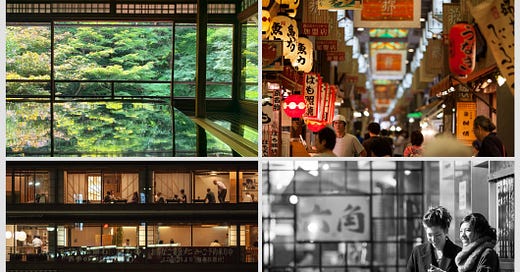


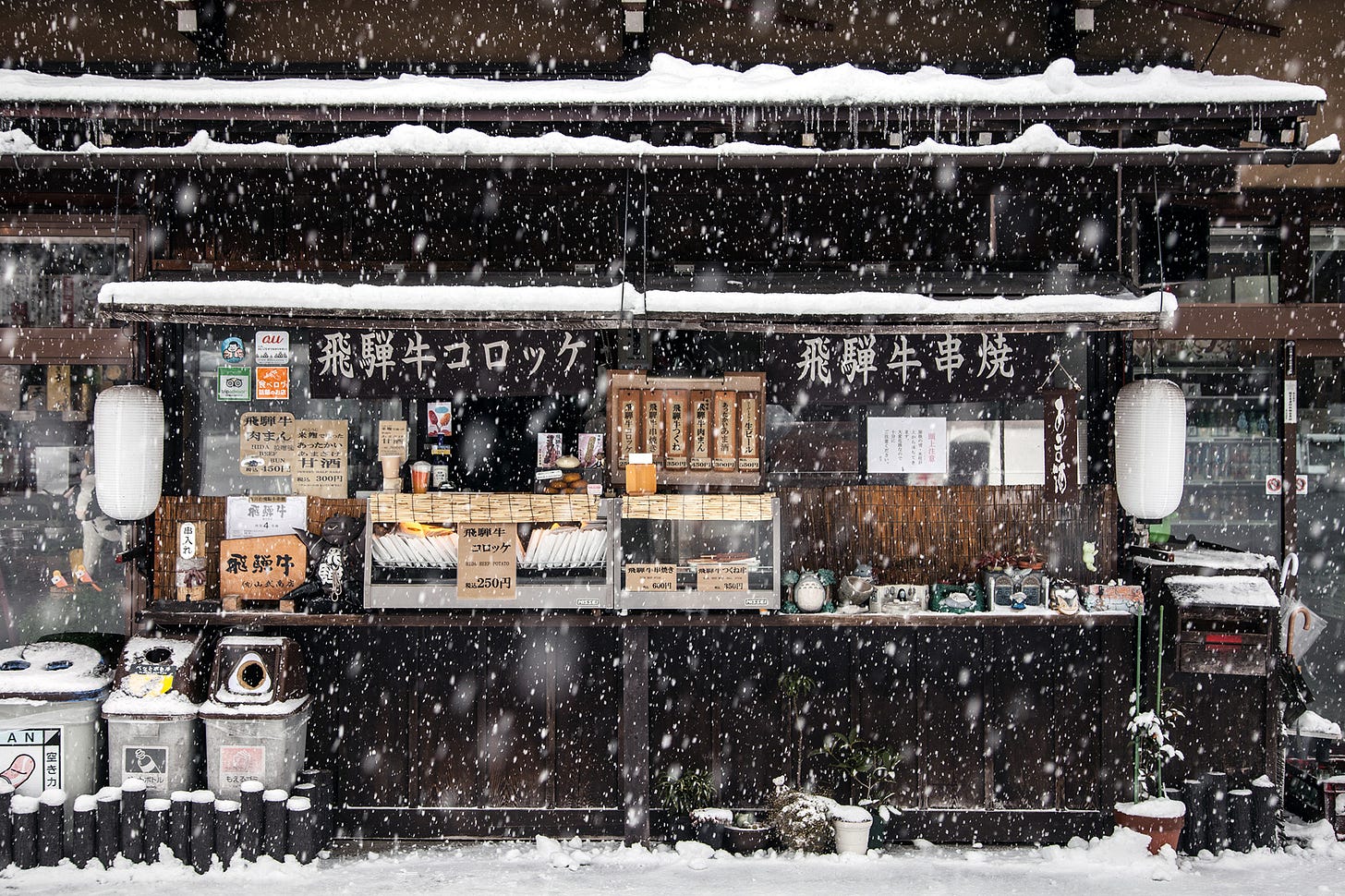
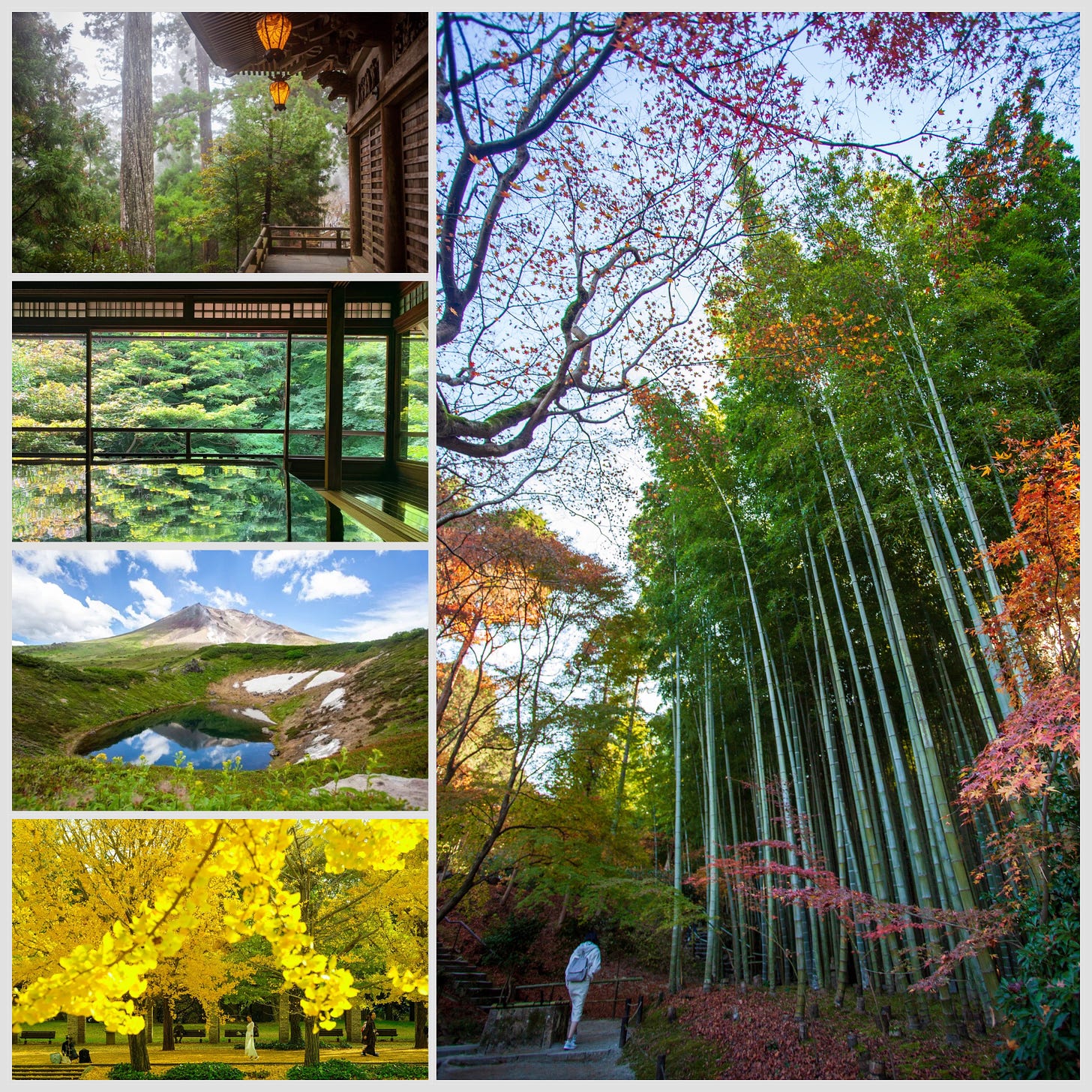

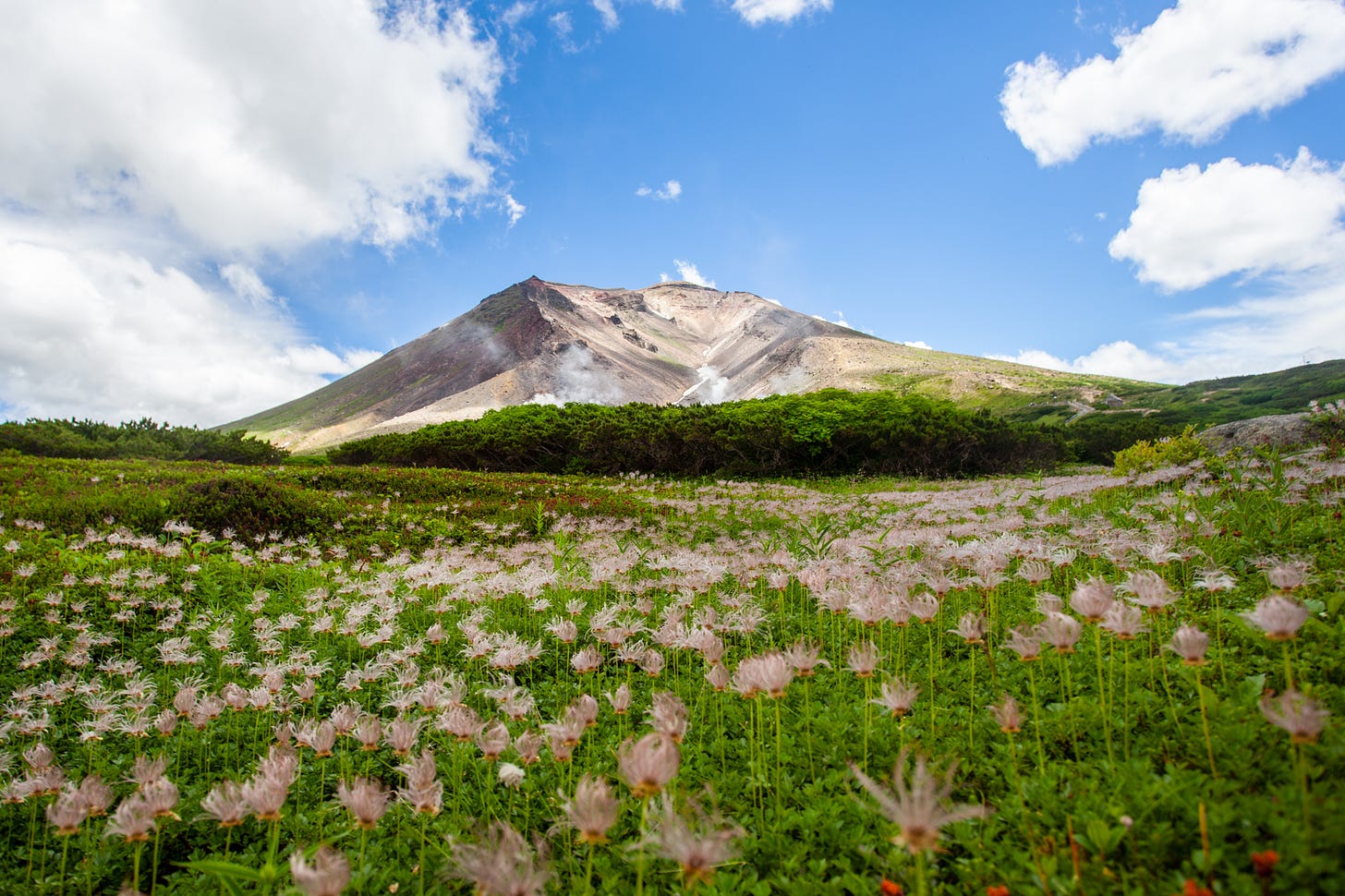
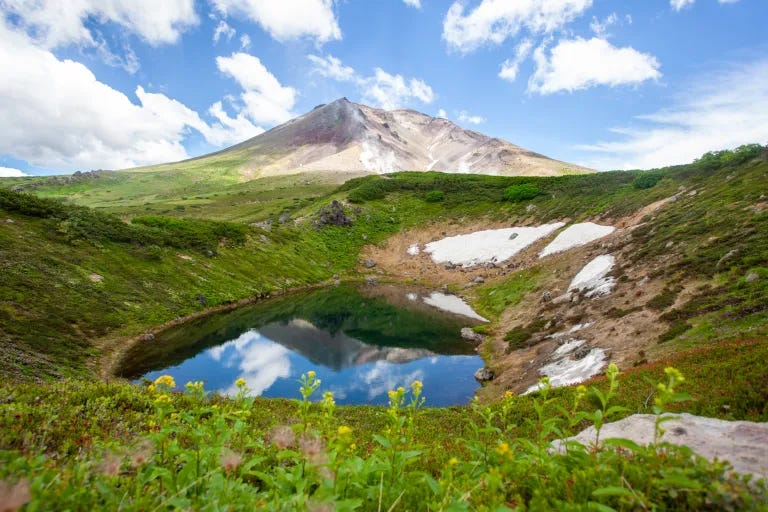

Hokkaido is top of our list on our next visit to Japan. Agree with you 100% about Kyoto.
Apropos:
https://marcoandsabrina.substack.com/p/kyoto-japan-2007
Thank you very much for this post! I agree with you, Kyoto is a must to see, so classic, so beautiful!